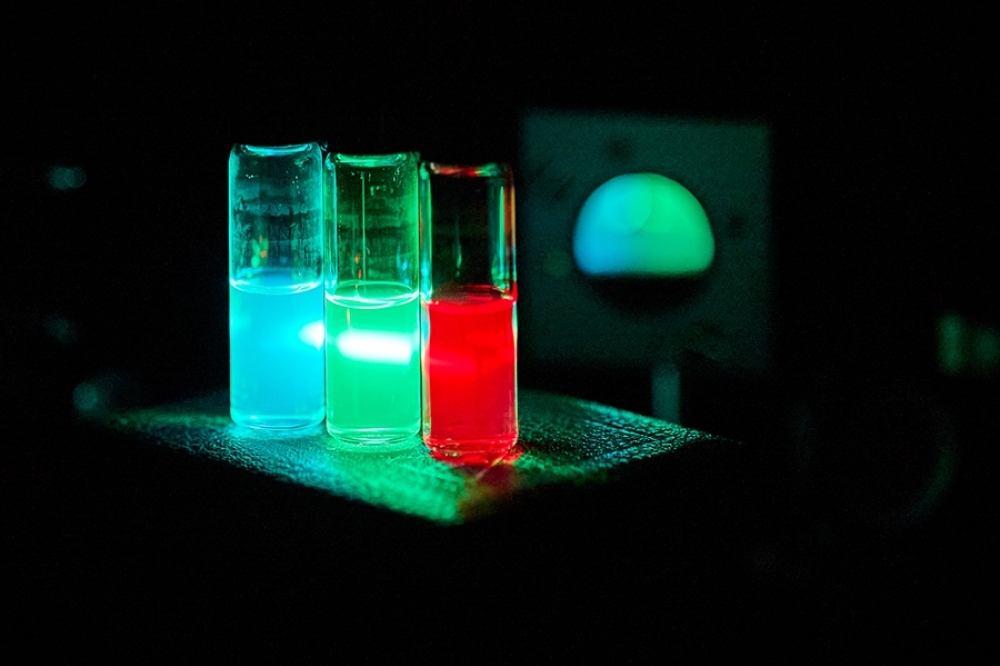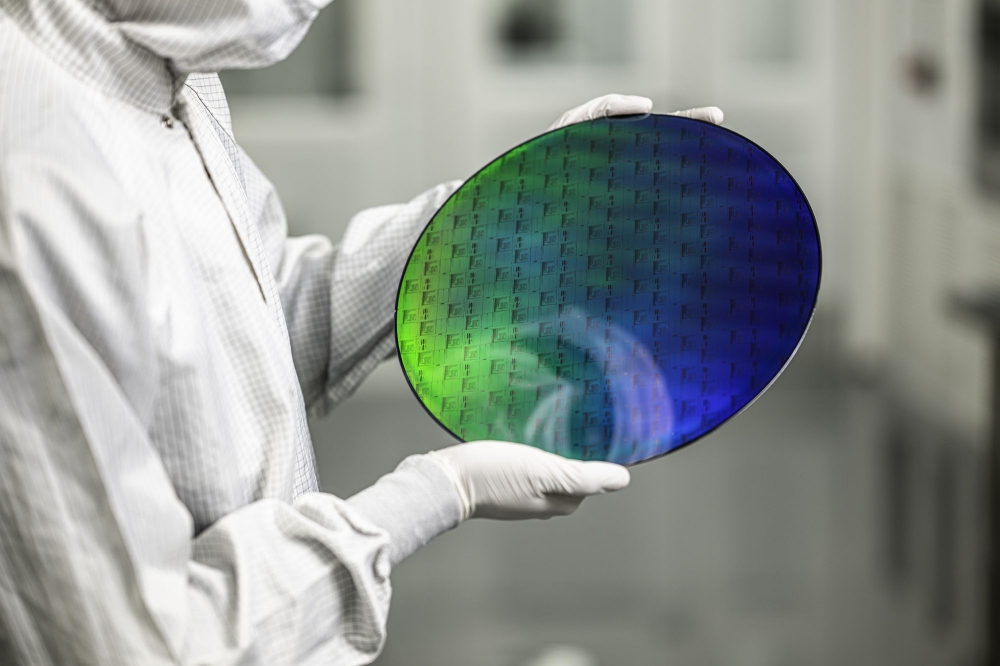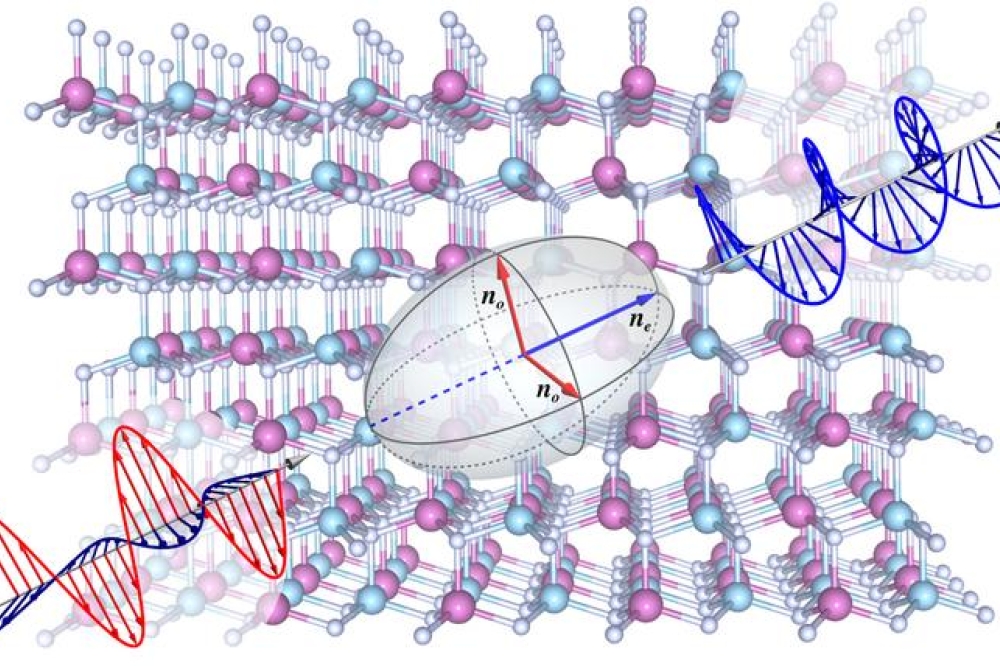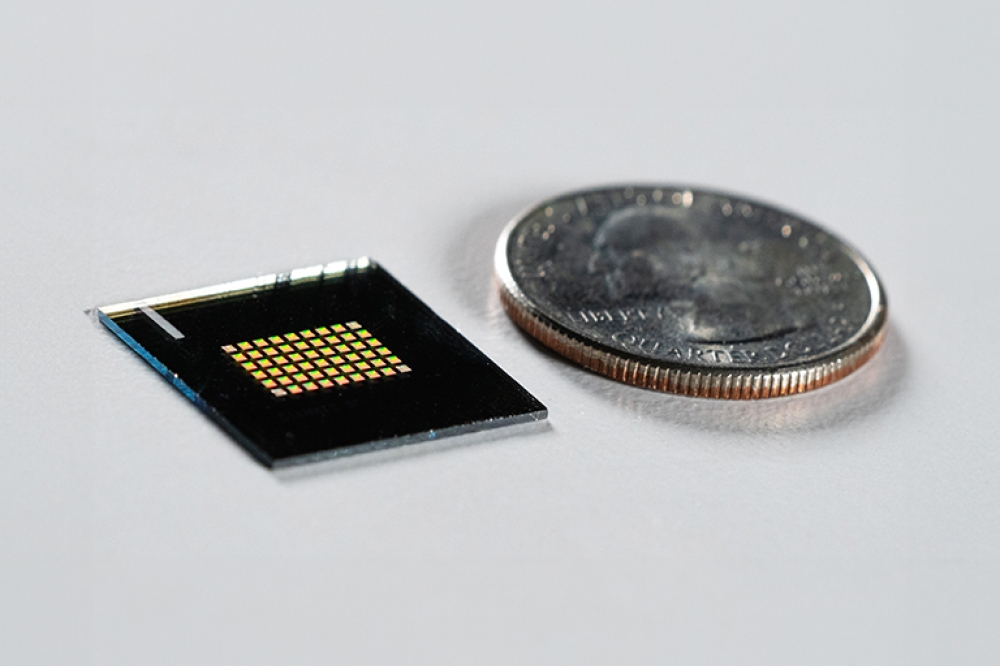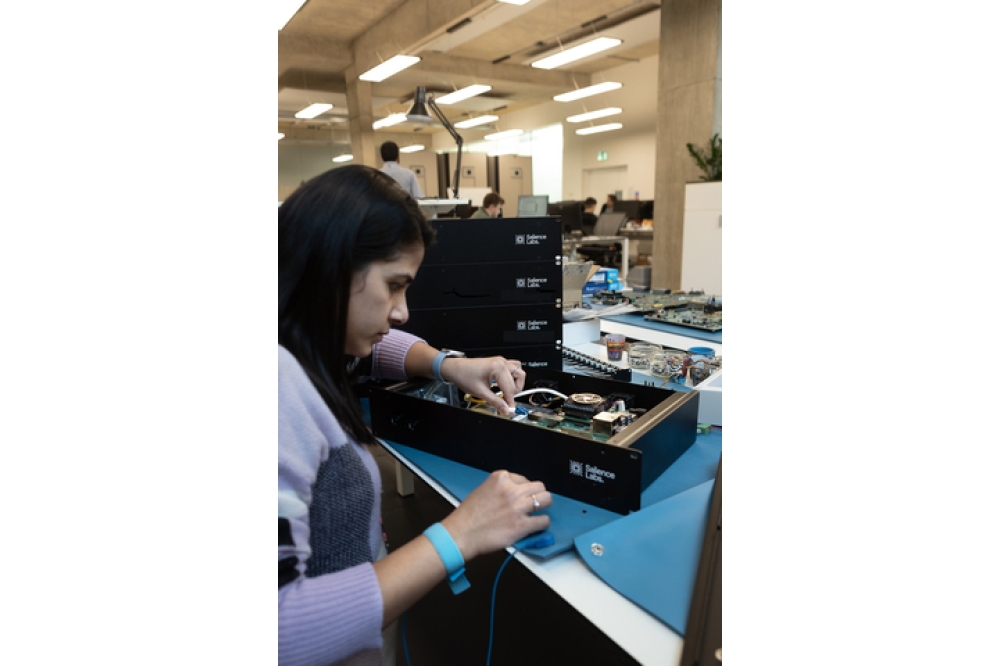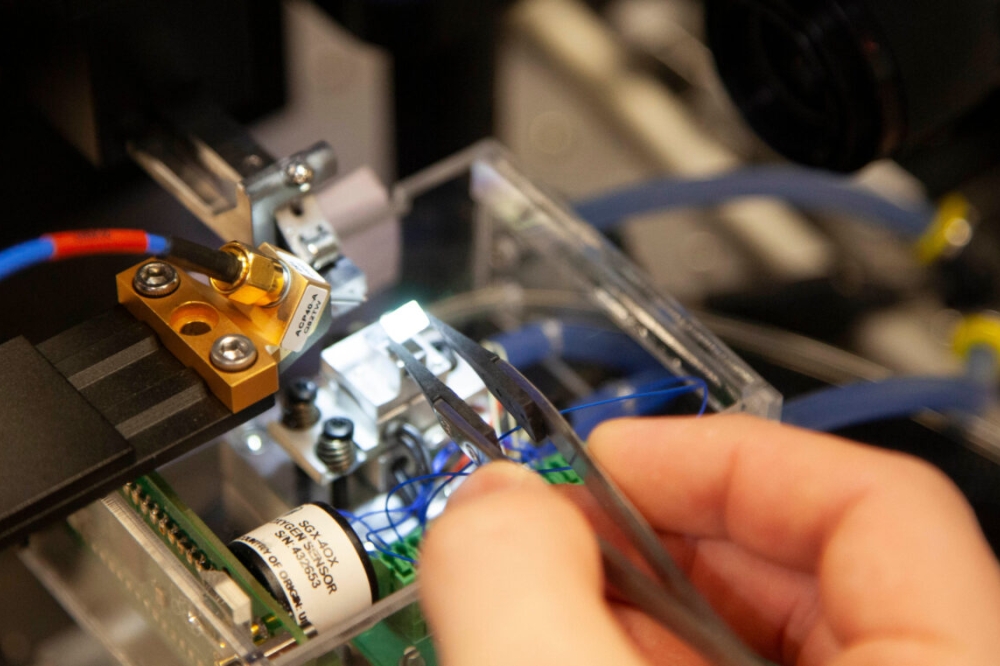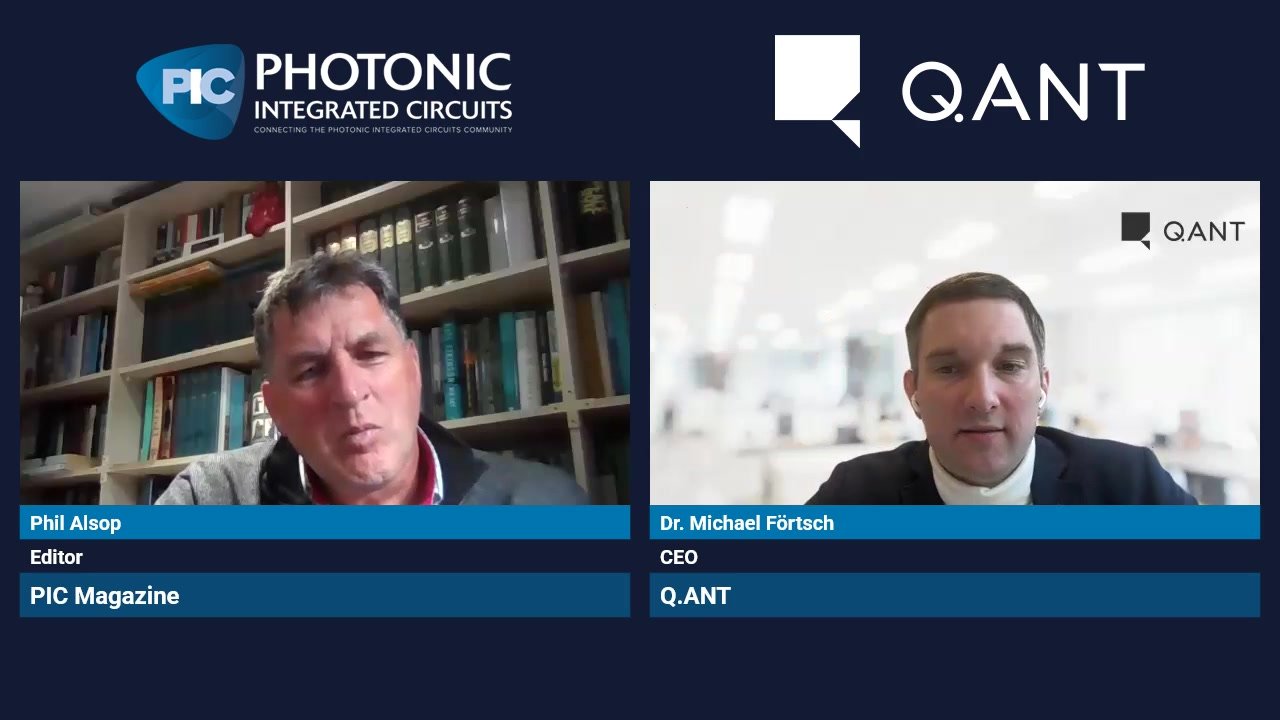Polariton reports record-breaking bandwidth for electro-optic modulators

Together with ETH Zurich, the company has published a paper on plasmonic modulators achieving an EO bandwidth ranging from 10 MHz to 1.1 THz, expanding the accessible EO frequency range to more than double that of earlier measurements
Researchers from Polariton Technologies and ETH Zurich have announced that they have set a new benchmark in the field of electro-optic (EO) modulators. In a new study published in Optica, the scientists report state-of-the-art plasmonic modulators that achieve an EO bandwidth extending into the THz range.
The team at ETH Zurich, led by Juerg Leuthold, say they have successfully demonstrated the frequency response up to 1.1 THz, with a 3 dB bandwidth of 997 GHz and a 6 dB bandwidth above 1 THz, for devices manufactured by Polariton and characterised by ETH Zurich.
“This achievement confirms the potential of plasmonic modulators to bring THz frequencies to PICs,” said Yannik Horst, first author of the study. “For many years, its capability beyond 500 GHz was just theory.” The researchers say that measurements up to 1.1 THz are now possible thanks to an optimised modulator design and improved electronics.
“These results show the vast useability of plasmonic modulators, from high-data-rate fibre communications to simple, linear, ultra-broadband THz receivers,” said Wolfgang Heni, co-CTO of Polariton. “The linear DC-to-THz bandwidth within a single device enables broadband field detection over a wide frequency range. Consequently, these devices open up numerous new applications in THz imaging, sensing, and wireless communications.”
Additionally, Polariton highlights that the modulators represent a future-proof solution for silicon photonics-based optical communication at 400G/lane and beyond, and that their unique suitability for THz PICs paves the way for advancements in applications including wireless communication, sensing, and medical imaging.
“The successful demonstration of bandwidths beyond 1 THz marks a significant milestone in the field of photonics,” said Juerg Leuthold, head of the Institute of Electromagnetic Fields at ETH Zurich. “It paves the way for new avenues in research and development, and we are excited about the potential applications that this breakthrough will enable.”


